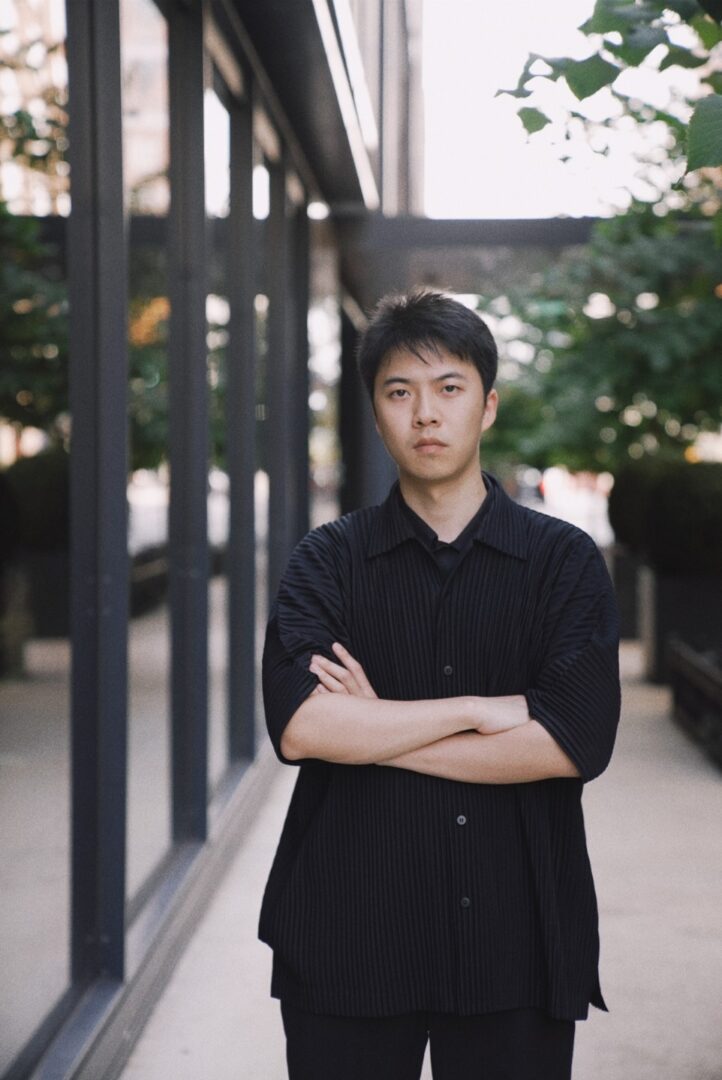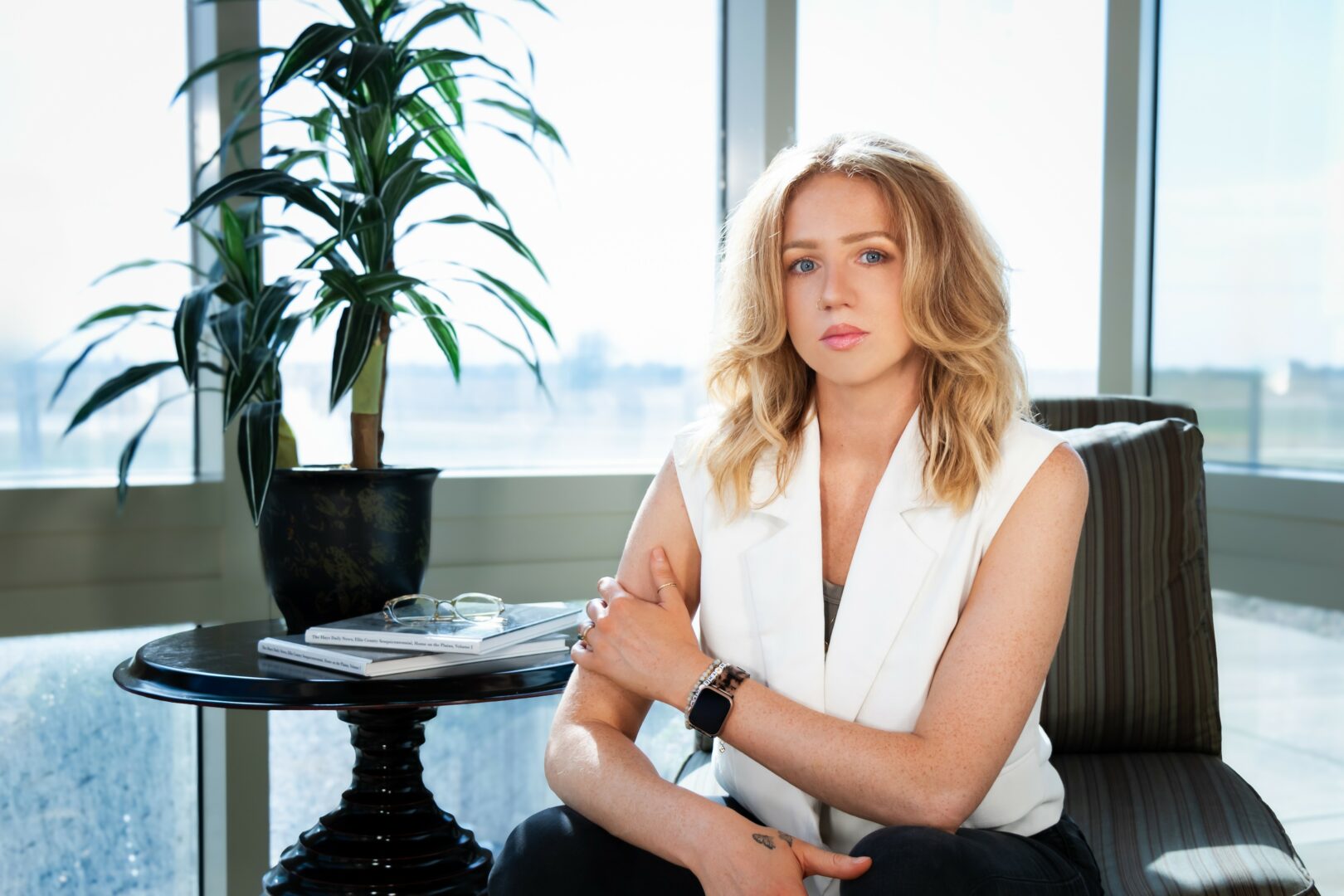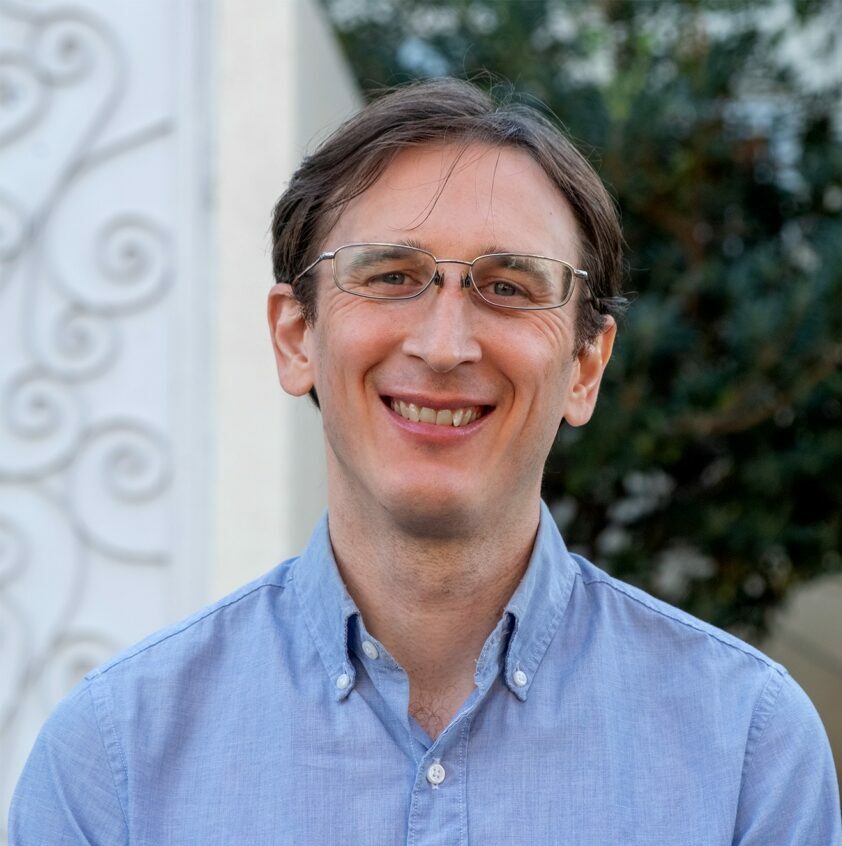Alright – so today we’ve got the honor of introducing you to Yuhan Zhang. We think you’ll enjoy our conversation, we’ve shared it below.
YUHAN, appreciate you making time for us and sharing your wisdom with the community. So many of us go through similar pain points throughout our journeys and so hearing about how others overcame obstacles can be helpful. One of those struggles is keeping creativity alive despite all the stresses, challenges and problems we might be dealing with. How do you keep your creativity alive?
My creativity is deeply rooted in my connection to nature, a bond that has shaped both my personal and professional journey. Growing up in a rural area in China, surrounded by mountains and rivers, I developed an innate appreciation for the delicate interplay between the built environment and the natural world. Those early experiences instilled in me a habit of observing the small details—how light filtered through the trees, how water carved its way through stone, or how a breeze could alter the atmosphere of a space. These observations became the seeds of my creative process.
One pivotal moment in my life was during my gap year in Paris, when I spent weekends exploring cities and landscapes across Europe. Standing before centuries-old buildings, I was struck by how architecture could embody a dialogue with nature, capturing its rhythms and harmonizing with its forces. It was during this time that I began to see sustainability not as a constraint, but as a source of boundless creativity. The challenge of designing buildings that coexist with and even enhance their environment inspired me to approach my work as an opportunity to solve complex problems with beauty and empathy.
To keep my creativity alive, I make a point to reconnect with nature whenever possible, whether it’s a quiet walk in Central Park, observing the patterns of sunlight in an urban plaza, or sketching the interplay of water and wind at Chicago’s lakefront. These moments remind me that nature is the ultimate designer—its elegance lies in its efficiency and adaptability. Translating these qualities into architecture fuels my imagination and keeps me grounded in my mission to create sustainable spaces that feel alive and connected to their surroundings.
For me, creativity isn’t a fleeting spark but a practice—a continuous cycle of observing, reflecting, and reimagining. By staying attuned to the natural world, I find not only endless inspiration but also a sense of purpose in designing for a future where humans and nature can thrive together.
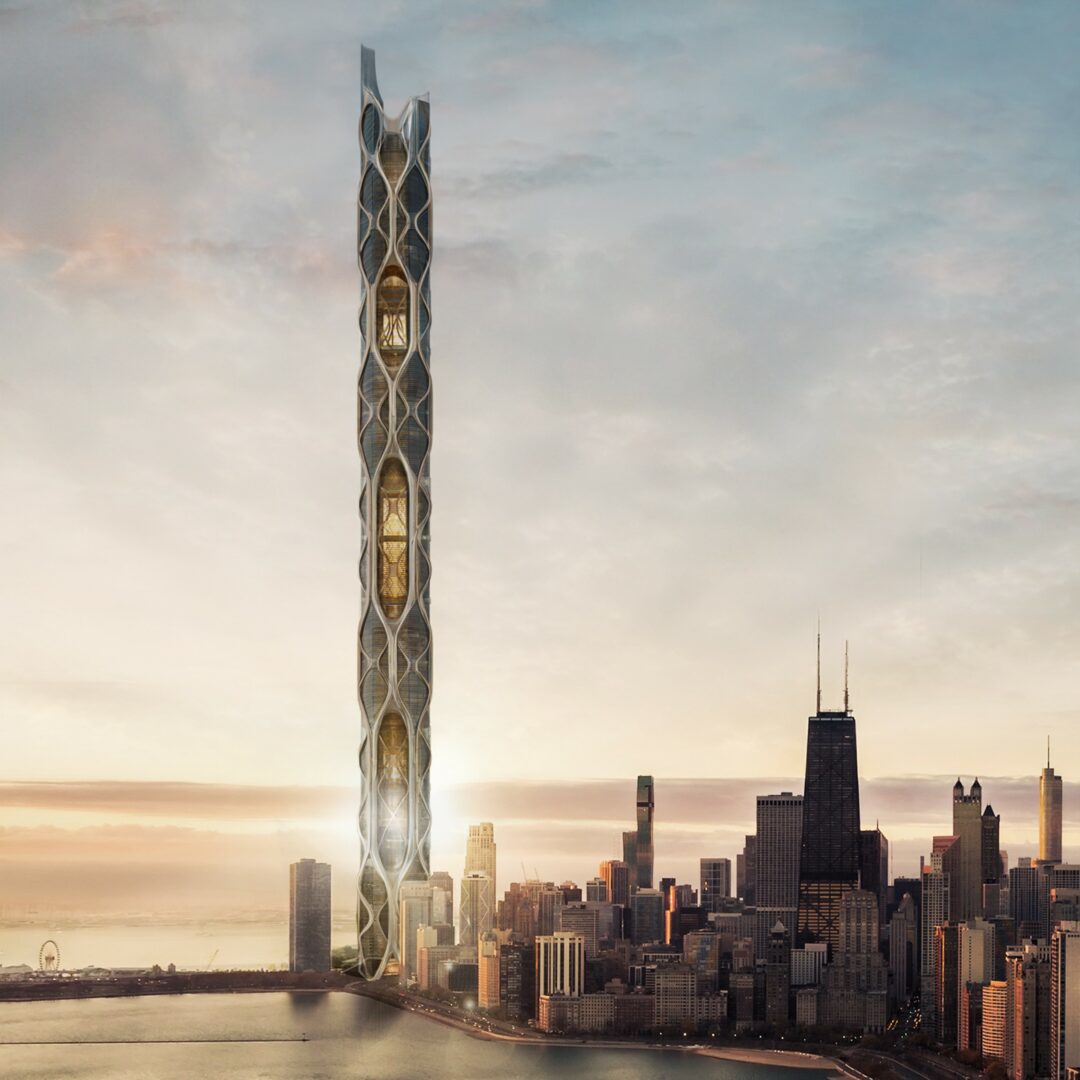
Let’s take a small detour – maybe you can share a bit about yourself before we dive back into some of the other questions we had for you?
I am an architectural designer deeply committed to blending sustainability and innovation to create spaces that inspire and promote environmental responsibility. My work focuses on addressing pressing challenges such as climate change, urban food inequality, and sustainable living through creative and context-sensitive architectural solutions.
What excites me most about my work is its potential to redefine how we interact with the environment. For example, my recent project—a mile-high vertical community on Chicago’s lakefront—envisions skyscrapers as thriving ecosystems. Integrating vertical farming, renewable energy, and advanced water conservation systems, it exemplifies how architecture can serve as a bridge between urban living and nature.
I am honored to have recently been named a Gold winner at the 2024 MUSE Design Awards within the Architectural Design – Sustainable Living / Green category, as well as at the NY Architectural Design Awards for Innovative Architecture – Sustainable and Green Building Technologies. These recognitions highlight my efforts to push the boundaries of sustainable design and encourage me to continue exploring bold ideas.
Looking ahead, I’m thrilled to be part of an upcoming exhibition at Milan Design Week next year, where I will showcase work that reflects my vision for sustainability in architecture. This opportunity to connect with a global audience is a significant milestone in my journey, and I look forward to collaborating with like-minded professionals to shape a more sustainable future through design.
Whether it’s creating innovative architectural projects or contributing to dialogues about sustainability, my work is guided by a desire to design spaces that not only solve practical issues but also inspire and connect people to their environment.
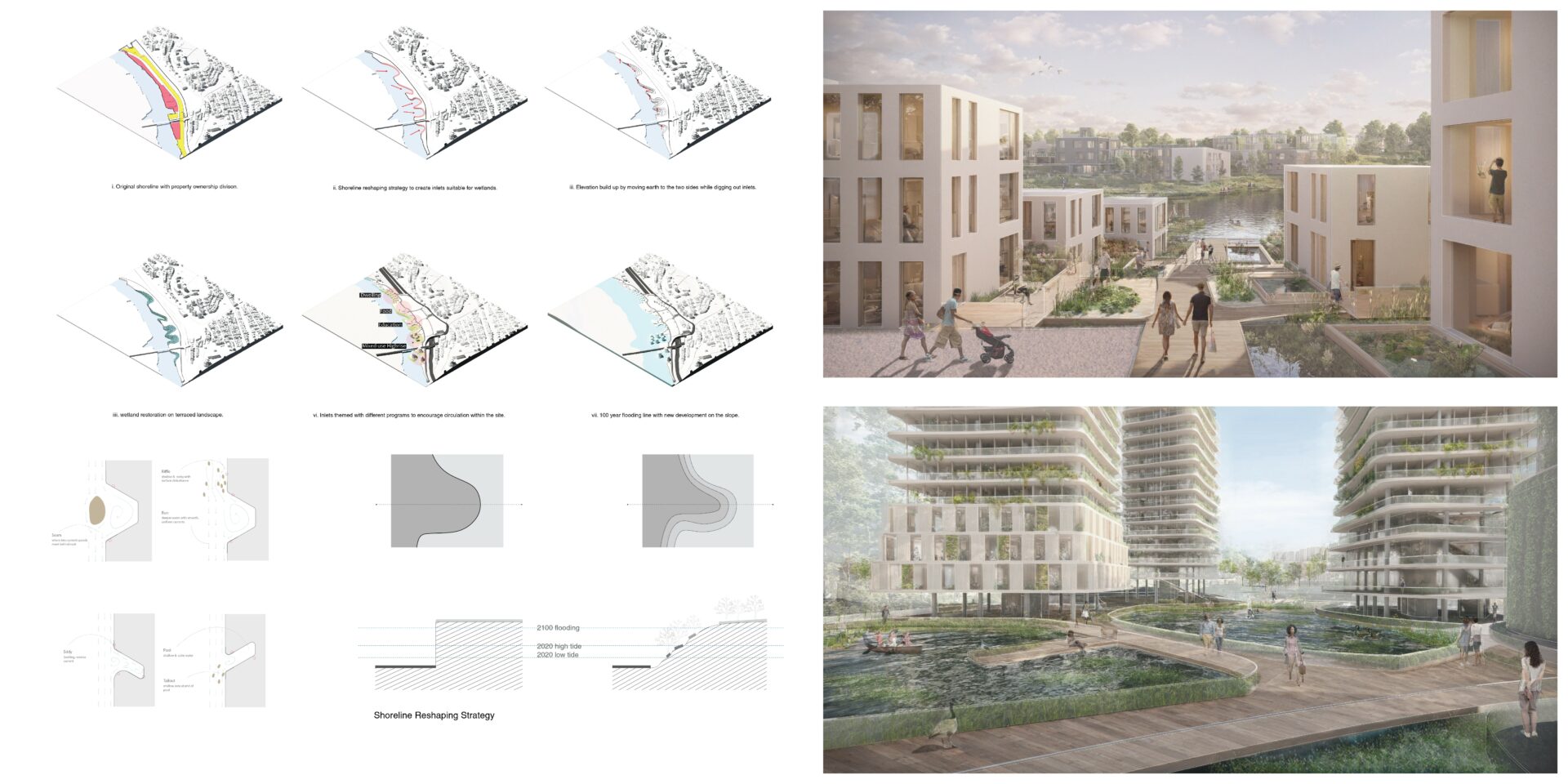
If you had to pick three qualities that are most important to develop, which three would you say matter most?
Looking back, three key qualities and skills have significantly shaped my journey: adaptability, interdisciplinary thinking, and a strong commitment to sustainability. These attributes have not only helped me navigate challenges but also allowed me to approach architecture with a distinctive perspective.
1. Adaptability:
In a field as dynamic as architecture, adaptability is essential. One of the most pivotal experiences for me was designing a boutique resort near Yellowstone National Park in Wyoming. During the project, a rare 500-year flood drastically altered the site, requiring us to completely reevaluate our design approach to align with the transformed landscape. This challenge reinforced the importance of remaining flexible and open to change. For those early in their journey, I recommend exposing yourself to diverse scenarios through internships, competitions, or collaborative projects. Each unique challenge will enhance your ability to think creatively and pivot effectively.
2. Interdisciplinary Thinking:
My background in environmental science and urban planning has equipped me with a broader lens to view architecture—not just as a design discipline, but as a tool for solving interconnected societal and environmental issues. This perspective has enabled me to approach projects with a deeper understanding of their context, allowing me to create designs that balance functionality with larger-scale impacts. For those starting out, I encourage exploring fields beyond architecture, such as ecology, sociology, or technology. Interdisciplinary knowledge will deepen your understanding and make your work more holistic.
3. Commitment to Sustainability:
Sustainability has always been at the heart of my work, driving me to innovate and find solutions that are both environmentally and socially responsible. This commitment led me to become a LEED professional, a step that has profoundly influenced my ability to integrate green building standards into my projects. For those beginning their careers, I recommend not just learning about sustainability but also pursuing certifications like LEED, which can provide you with the tools and credibility to champion sustainable practices in your designs.
Advice for Early Journey Designers:
– Be curious and open-minded: Embrace diverse opportunities and challenges, even those outside your comfort zone, as they can lead to new inspirations and solutions.
– Collaborate and connect: Seek out partnerships with professionals from various disciplines. Architecture thrives on shared perspectives and teamwork.
– Invest in lifelong learning: Stay updated on new technologies, materials, and methods. Obtaining certifications, like LEED and NCARB, can be a significant asset to your growth.
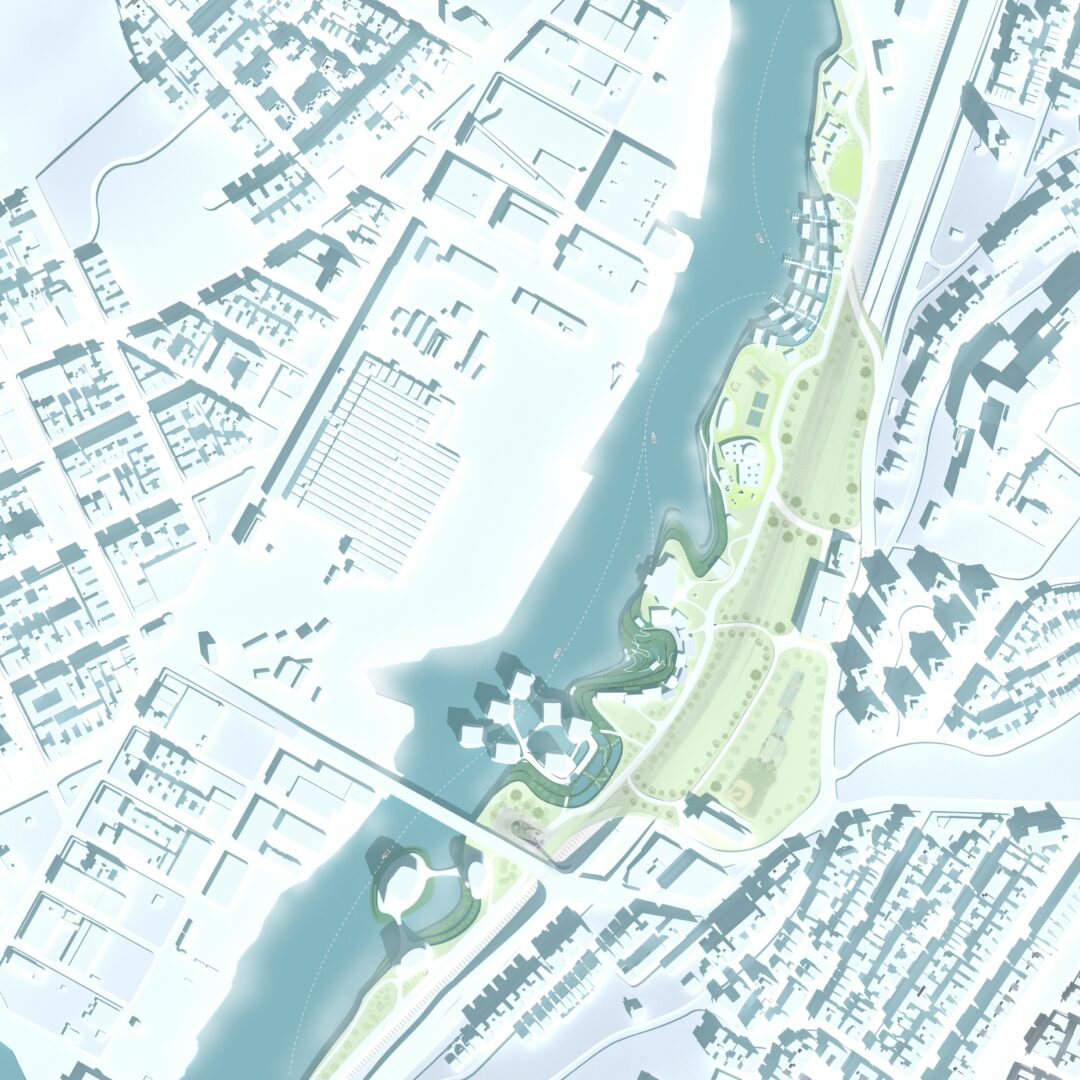
Who is your ideal client or what sort of characteristics would make someone an ideal client for you?
My ideal client is someone who values thoughtful collaboration and has a clear sense of purpose for their project. I work best with individuals or organizations who are open to exploring new ideas and trust the design process to uncover the best solutions.
An ideal client appreciates the importance of creating spaces that are not only visually striking but also deeply connected to their surroundings and the people who will use them. They bring a sense of curiosity and a willingness to engage in meaningful conversations about how design can enhance functionality, comfort, and the overall experience of a space.
For example, I enjoy working with clients who are open to innovative approaches—whether it’s integrating natural elements into the design, experimenting with materials, or addressing challenges like creating adaptable spaces for evolving needs. This kind of collaboration brings energy and purpose to the project and allows us to create something truly unique and impactful.
Ultimately, my ideal client is someone who sees design as a partnership and an opportunity to create spaces that not only fulfill immediate goals but also leave a lasting impression on the people and communities they touch.


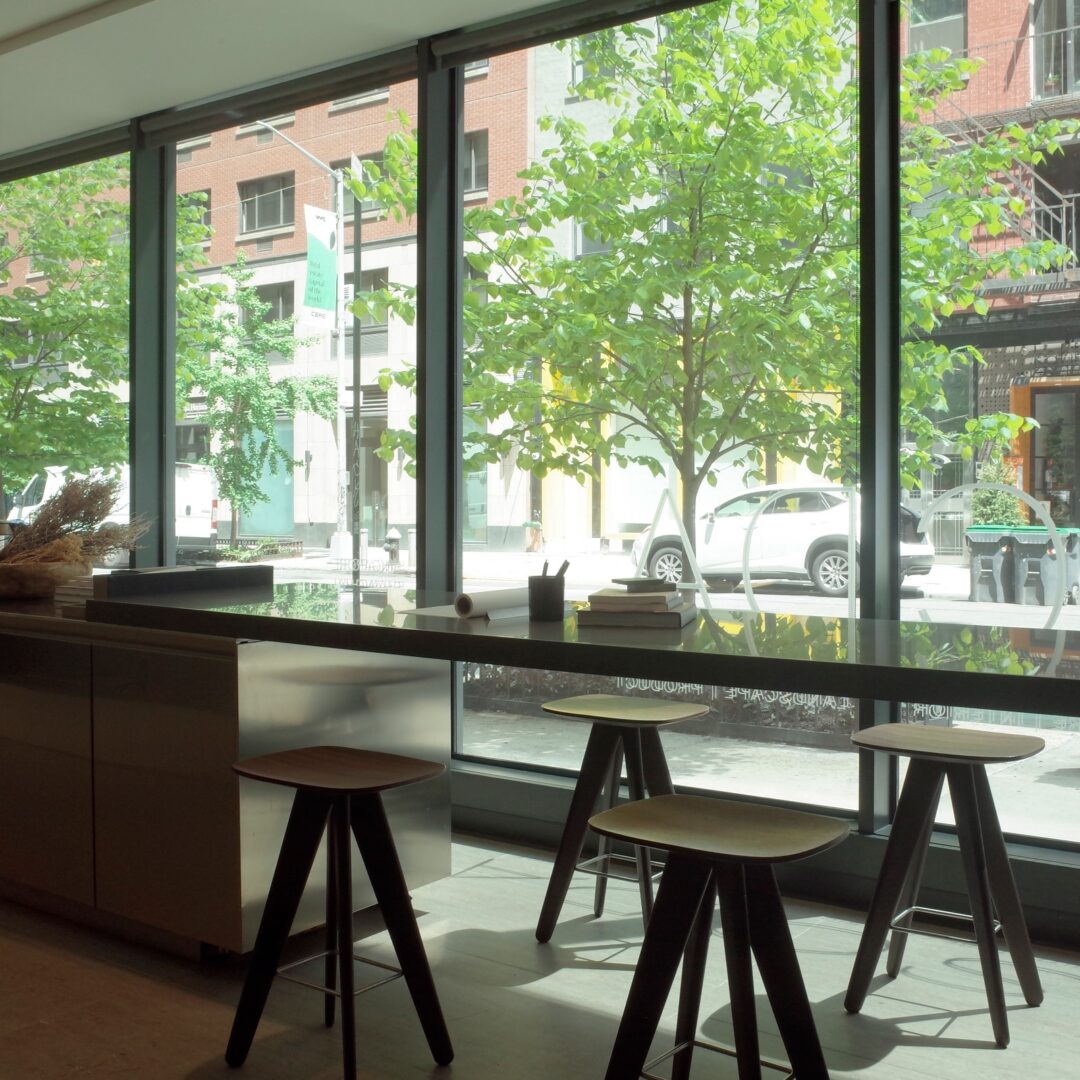

Image Credits
YUHAN ZHANG, DREAMA SIMENG LIN, JIAMING GU, STELLA XU, KEIRA LI, SCDA ARCHITECTS
so if you or someone you know deserves recognition please let us know here.

